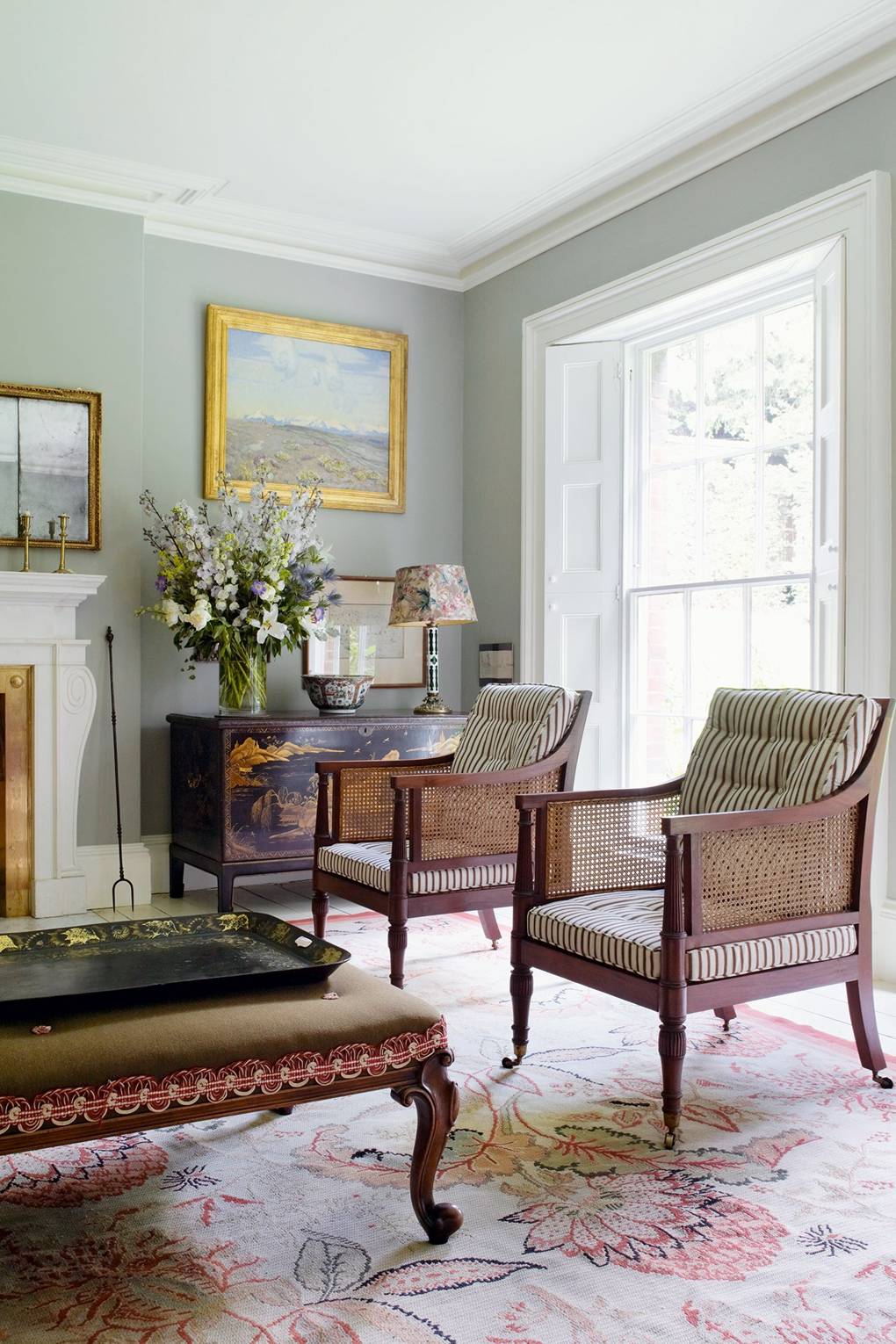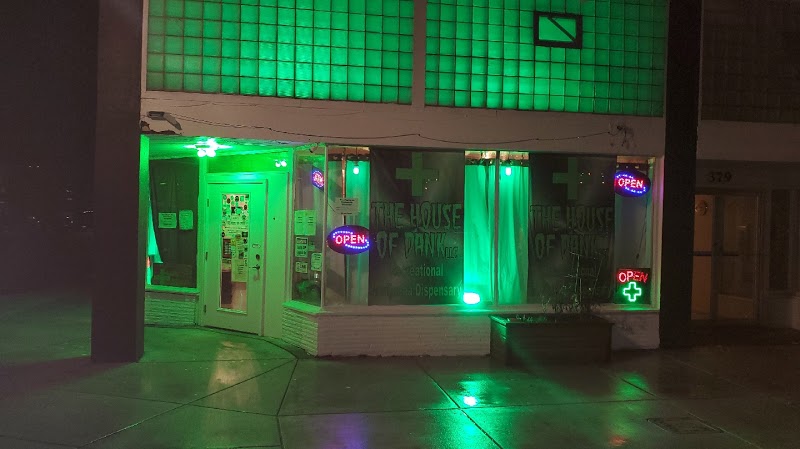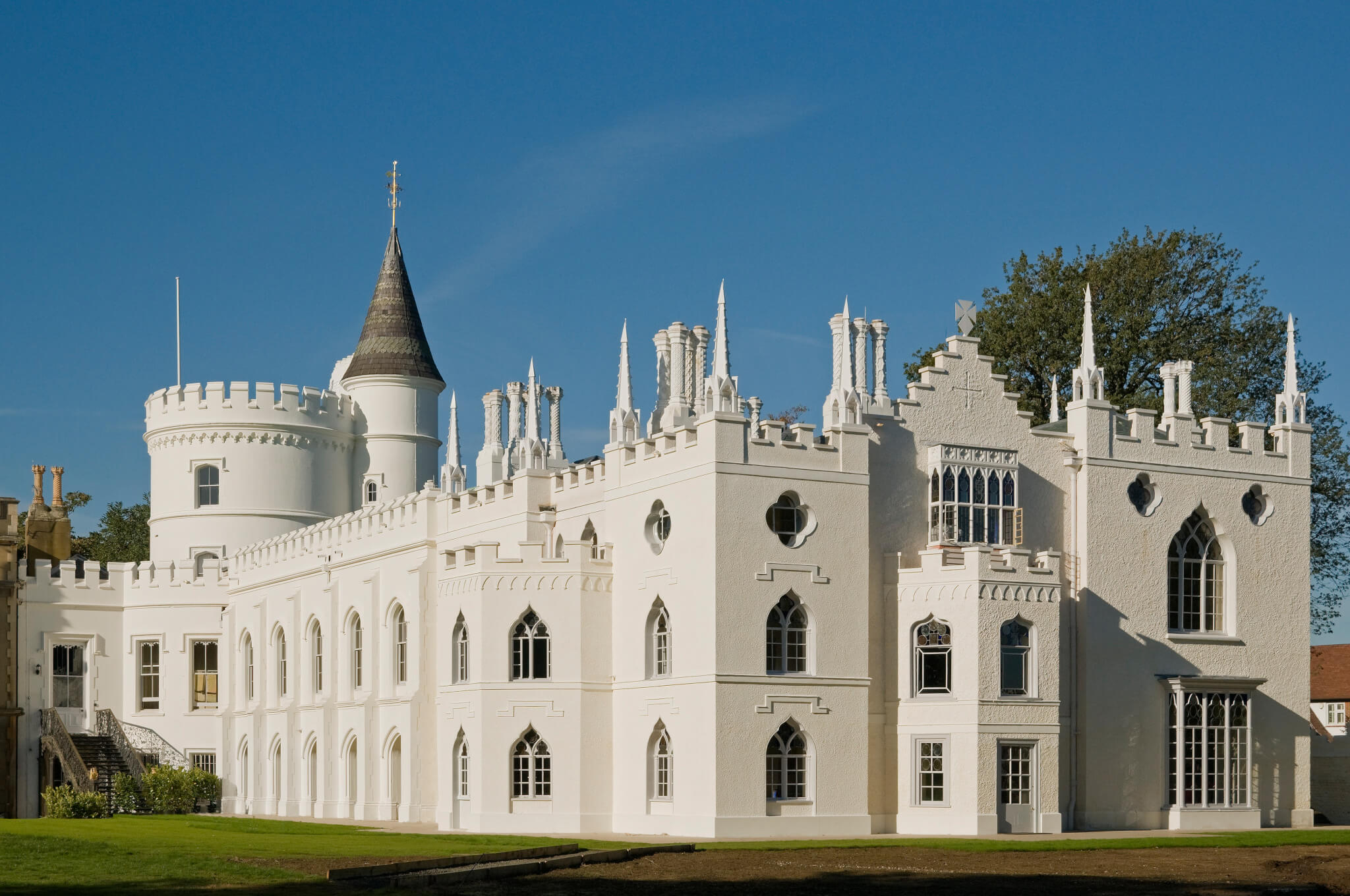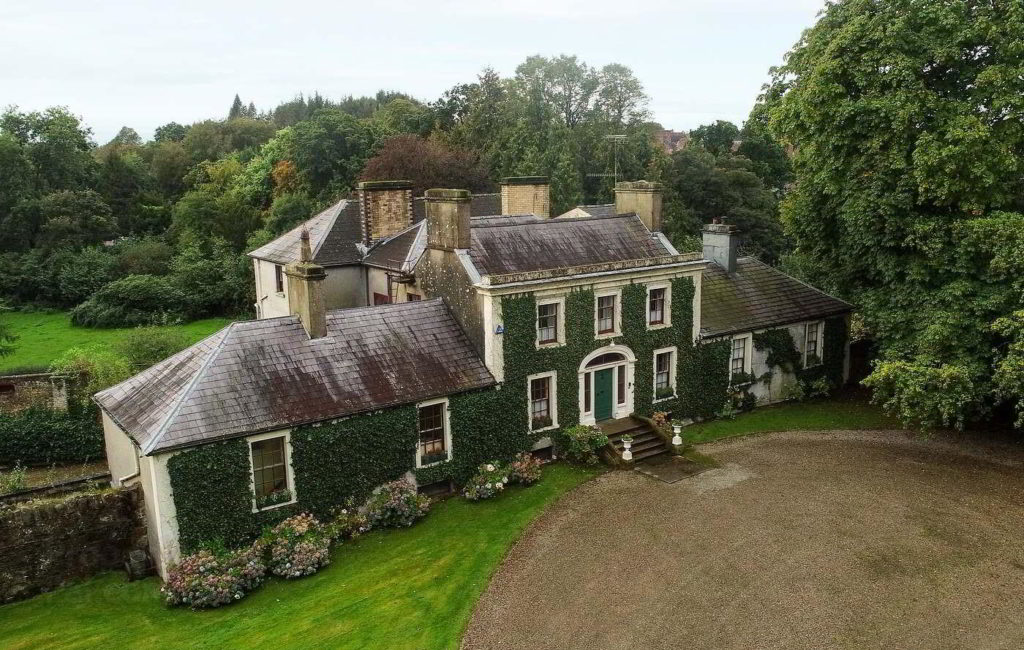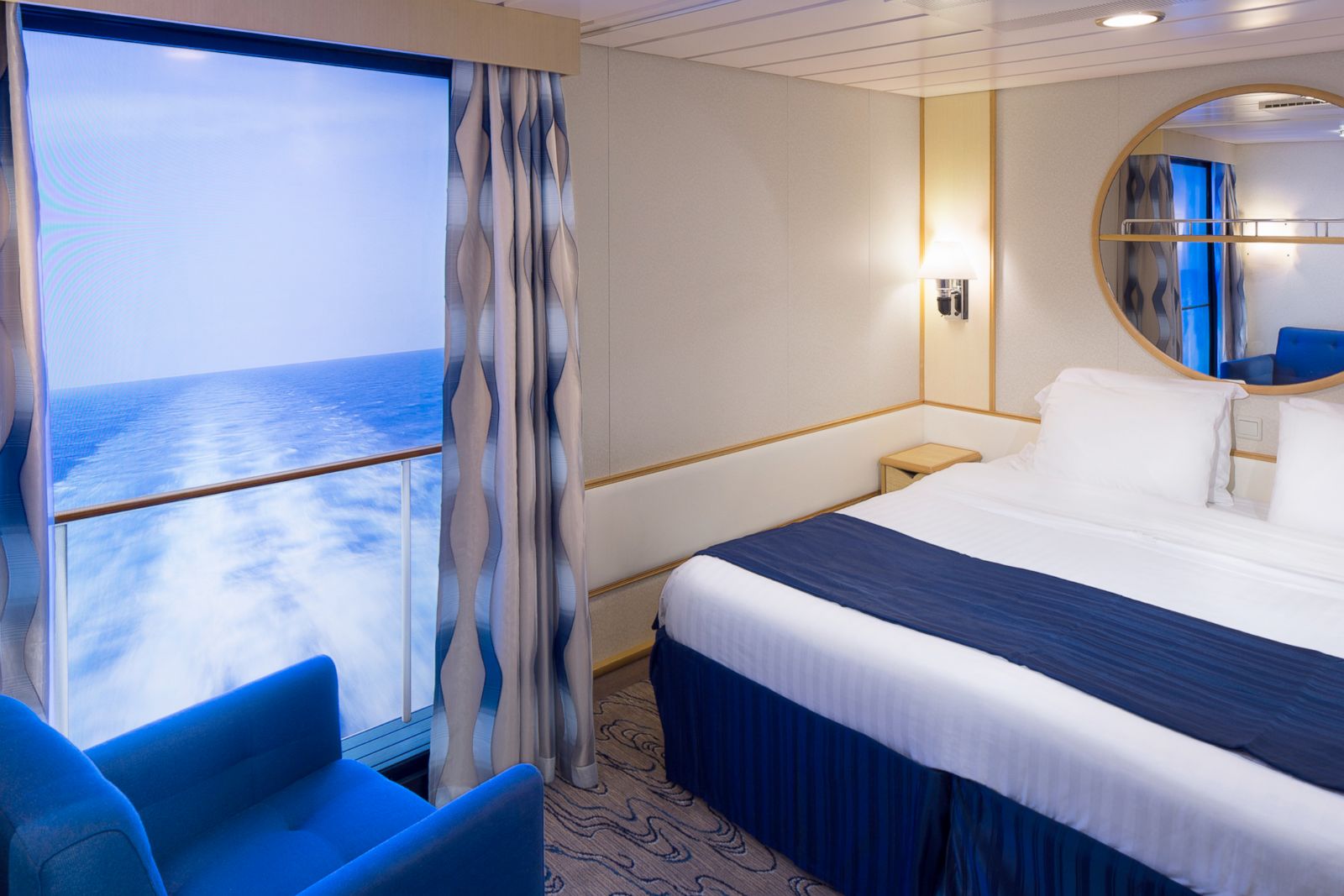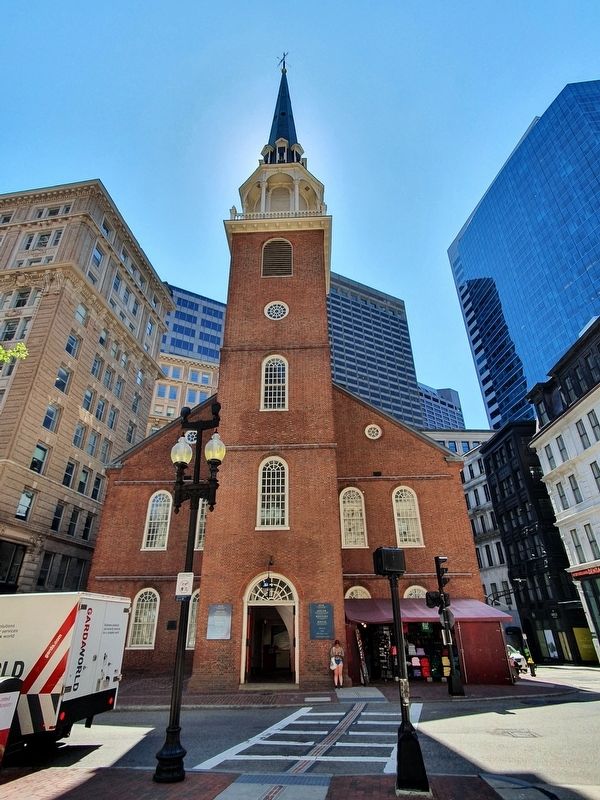
This is the first time that a public building in the United States is saved because of its association with a historic event, rather than a historic figure. Pico, who was born in Alta California a Spaniard in the New Spain of 1801, came of age as a Mexican, and died a citizen of the United States in 1894, now stands as the historical figure most colorfully representative of 19th-century Los Angeles. That’s when they kicked out all the Chinese there by the Union Station where the clock tower is. I haven’t been there for a while, but right along Alameda Street, my father’s store was on the east side.
Population
What’s going down this weekend for 250th anniversary of the Boston Tea Party - MassLive.com
What’s going down this weekend for 250th anniversary of the Boston Tea Party.
Posted: Fri, 15 Dec 2023 08:00:00 GMT [source]
We steward these buildings as gathering spaces for the open exchange of ideas and the continuing practice of democracy, inspiring all who believe in the power of people to govern themselves. Since 1877, Old South has served as a museum, historic site, educational institution, and a sanctuary for free speech. In the 1920s, Old South enacted a policy to grant the use of the building to groups otherwise denied a public platform. Old South continues to serve as a catalyst for intellectual thought and energy by sponsoring public forums, debates, concerts and theatrical presentations year round. It's ongoing exhibit "Voices of Protest" tells the inspiring, sometimes disturbing, and frequently controversial story of the Old South Meeting House through the voices of the men and women whose achievements have shaped its history.
Old South Meeting House history
Numerous specialty stores also flourished including those in the jewelry business which gave rise to the Downtown Jewelry District. Among these early jewelers included the Laykin Diamond Company (later becoming Laykin et Cie[18]) and Harry Winston & Co., both of which found their beginnings in the Hotel Alexandria at Fifth and Spring streets. Lewis Bradbury, a Tajo silver mining millionaire and real estate developer, built his eponymous building after asking famed local architect Sumner Hunt to design it, but hired one of Hunt's draftsmen, George Wyman, to complete the design instead.
Downtown Los Angeles
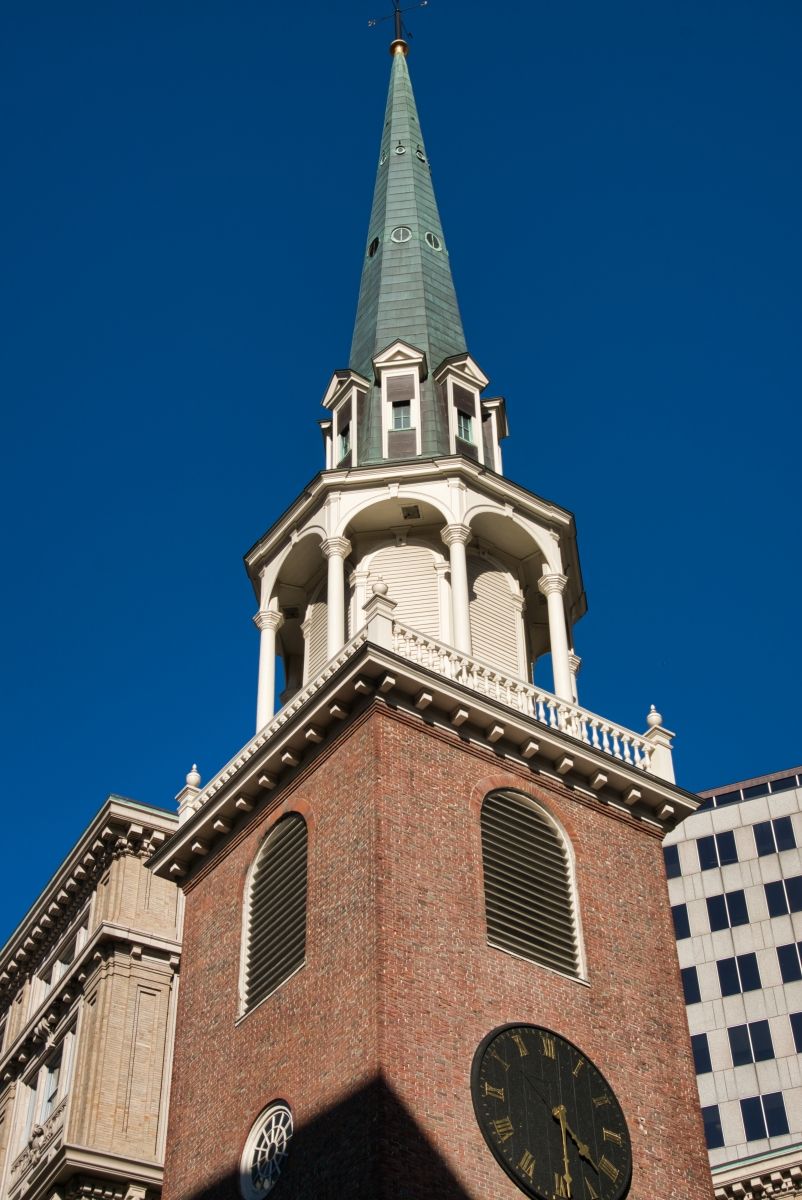
Although Wheatley was not a member, her closest friend, an enslaved woman named Obour Tanner, helped found the society, while sharing Wheatley’s devotion to the Congregational Church. At least seven letters between the two women survive in the historical record, indicating that Wheatley’s ties to African-American New England influenced her life and writing just as strongly as Boston’s white elite. Additionally, the only surviving portrait of Phillis Wheatley, commissioned by England’s Countess of Huntingdon, was based on an engraving by African painter, Scipio Moorhead. As a show of thanks, and in a thinly veiled encouragement of African achievement, Wheatley wrote a poem in Moorhead’s honor that appeared in her Poems on Various Subjects.
Explore this pivotal moment and how this Puritan meeting house turned into a revolutionary hall by visiting the Old South Meeting House, stewarded by Revolutionary Spaces. My older brother and I was in the army, but he was discharged because he had to come back home to run the store. After my father passed away, my younger brothers were too young to run the store, and my mother didn’t speak English.
Everything you need to know before the Boston Tea Party’s 250th anniversary reenactment - Boston 25 News
Everything you need to know before the Boston Tea Party’s 250th anniversary reenactment.
Posted: Tue, 12 Dec 2023 08:00:00 GMT [source]
History Hit Reveals Winners of Historic Photographer of the Year 2023
In 1773, Old South hosted a number of meetings about what to do with East India Company tea sitting in Boston Harbor waiting to be unloaded and taxed. On December 16, 1773, the final meeting at Old South Meeting House would serve as the start of the Boston Tea Party. Built as a Puritan meeting house in 1729, Old South Meeting House stands today as one of the nation’s most important colonial sites, one of the country’s first public historic conservation efforts, and one of the earliest museums of American history. There was only about twelve or thirteen stores that were built there in the beginning. As it become more of a quaint place where people come and visit and buy curio, it grew more and more.
KazuNori is a new concept from Kazunori Nozawa, founder of the burgeoning SUGARFISH restaurant group. KazuNori features a 22-seat bar and no tables - the minimalist interior was designed by Glen Bell of DEX Studio, who designed several SUGARFISH locations as well as Badmaash. The first restaurant of its kind, KazuNori offers a single-page menu of freshly-made hand rolls - crispy nori (seaweed) is wrapped around warm rice and ingredients like salmon, bay scallop, lobster and of course Nozawa’s signature blue crab. Hand rolls and sashimi can be ordered a la carte while to-go combos feature cut rolls and sashimi.

Built in 1729, Old South Meeting House has played an integral role in American history, a role unforseen by its founding Puritan congregation. Phillis Wheatley, the first published Black poet, was a member, as were patriots James Otis, Thomas Cushing, and William Dawes. When rumblings started to shake the colonies and the Revolution grew imminent, patriots flocked to Old South to debate the most pressing issues of the day. They argued about the Boston Massacre, and they protested impressment of American sailors into the British Navy. When the negotiations failed, disguised men took action and destroyed over 1.5 million dollars worth of tea in today's money.
Historically, downtown held a dense concentration of banks, department stores, and movie palaces that drew residents and visitors of all socioeconomic classes, but after the 1950s the area began to experience an economic decline. Still, it remained an important center for various activities—government business in the Civic Center, banking on Bunker Hill, and retail and entertainment, especially for Hispanic Angelenos and immigrants, on Broadway. Since the early 2000s, downtown has experienced a renaissance of economic revitalization, including the Crypto.com Arena in downtown's south end, and the restoration and repurposing of historic buildings in the area.
The hand roll combos include a daily roll that alternates between toro and yellowtail. The Last Bookstore sells more than 250,000 new and used books and magazines. In addition to its vast selection of titles across all genres, the store itself is a must-see for its interior design alone. Not only are there books for sale, but printed material is adapted to create a unique environment where novels, anthologies, manuals and storybooks actually become a part of the store's own layout, too. Don’t miss the mezzanine level, which includes the Labyrinth Above the Last Bookstore (the back room sells 100,000 books for $1 each!), Gather Yarn Shop, and the Spring Arts Collective gallery shops.
Great efforts have been made to preserve this historic landmark throughout its nearly 300-year-history. The following timeline demonstrates just a few of the major efforts that have been made to protect and preserve Old South Meeting House. Bank Tower, known to locals as the "Library Tower," the tallest structure west of the Mississippi (more than 1,000 feet tall — no roof access). Next to it are the Bunker Hill Steps, 103 graceful steps patterned after Rome’s Spanish Steps. Old South Meeting House is saved by the Old South Association and opens to the public as a museum and meeting place.
Walk down Alameda Street to Temple Avenue, west to Main Street to City Hall. Built in 1928 in a quirky mix of styles, the top of the building pays homage to an ancient mausoleum. Add to that a mix of American skyscraper, Egyptian, Greek, Roman, Romanesque and Byzantine design. The rotunda dome is elaborately tiled and is a "must-see" for any trip to L.A.
Whether you’re a tourist or local staying in SoCal, you’d be remiss to skip a visit to some of the region’s old town districts. While some of these old towns have been preserved as the city’s historic core, others have also been updated to reflect today’s modern times. At the southwest corner of Broadway and 3rd Street is the Bradbury Building, a reddish-brick, Renaissance-style structure built in 1893. The one-of-a-kind interior features a five-story atrium finished with glazed bricks, wrought-iron grillwork (including the cage elevator that will be familiar from the many movies filmed here). It’s ongoing exhibit “Voices of Protest” tells the inspiring, sometimes disturbing, and frequently controversial story of the Old South Meeting House through the voices of the men and women whose achievements have shaped its history.
The club’s facilities include a pool; basketball, handball, and squash courts; and boutique hotel rooms. Famous members include Charlie Chaplin, Colonel James B. Lankershim, and Esther Williams. Since 1927, Jonathans have had access to this imposing, ivy-covered private beach club, ”cradled in the rolling bluffs” along the shore. Access to the beach club costs a little bit more, but it’s probably worth it.
It took nearly eight years for the congregation to raise the funds and restore the interior. Just east of the Library is the Millennium Biltmore Hotel, one of the favorite places to stay in L.A. The lush Italian Renaissance-style lobby is filled with columns, frescoes and boasts a dazzling ceiling.
Established as a social club in 1895, the Jonathan Club spent a lot of time combating its long and stuffy history. It underwent a hip makeover in 2013 and relaxed its dress code in the hope of attracting a younger crowd. (Since 1987, it also allows non-white-male members.) Henry E. Huntington, the railroad magnate, was a member. Founded in 1888, the club, designed by architect Robert Farquhar, has counted former mayor Richard Riordan, journalist Charles Fletcher Lummis, and real estate developer H. When the British left Old South Meeting House after converting it to practice horse riding, the building was unfit for occupancy.
